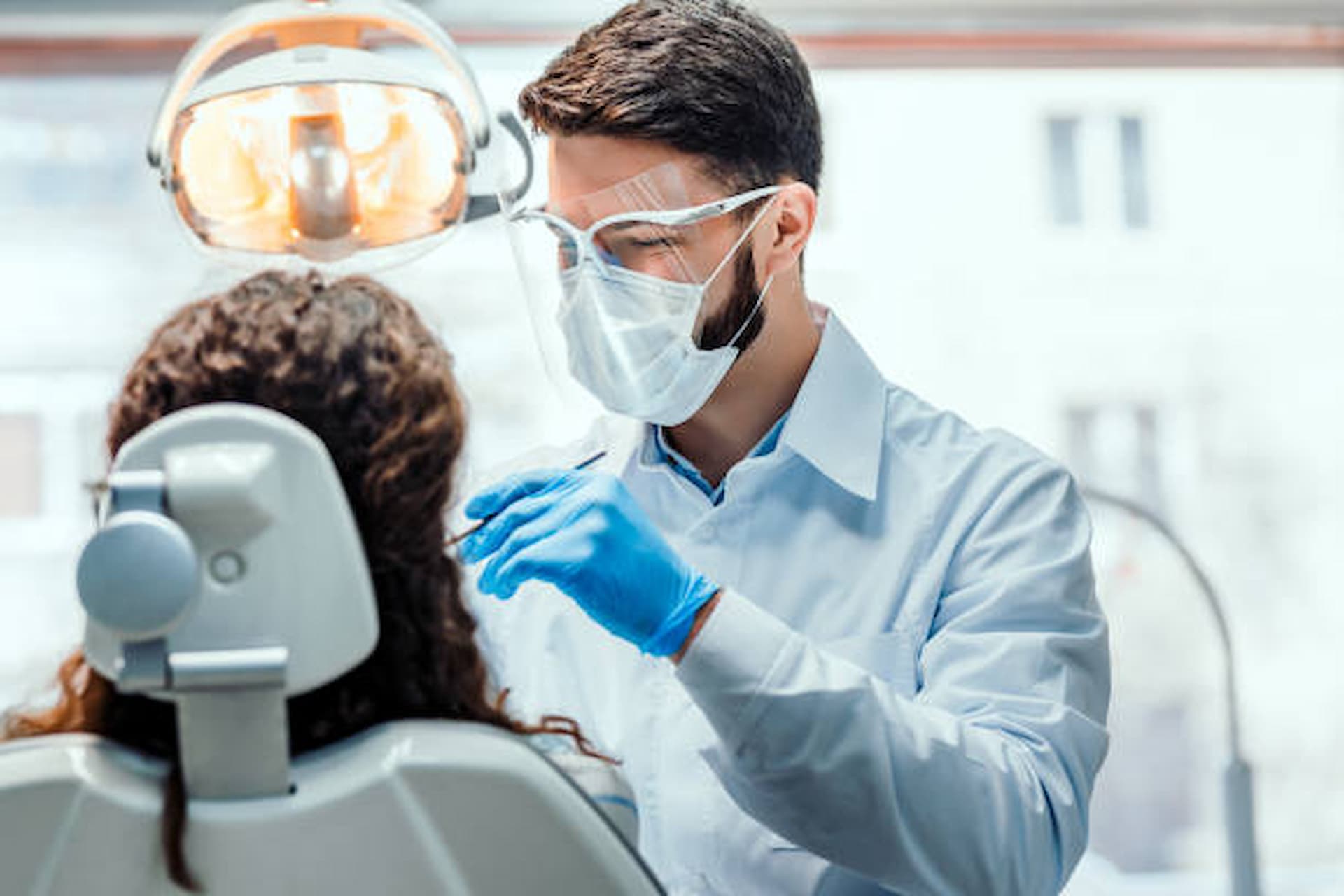A misaligned bite can show itself in a number of ways – from overcrowding which leads to crooked teeth, to a bite which doesn’t come together when you close your teeth and smile.
Known across the dental industry as occlusion, or malocclusion in the face of overcrowding and alignment issues, the structure and layout of your teeth can have a profound impact on the way your mouth looks and subsequently your confidence. But it’s not just the aesthetic effect that dental professionals concern themselves with. For us, malocclusion is as much about the comfort and functionality of your teeth as it is about the way they look – with a misaligned bite causing aches and pains, loose teeth, and jaw pain, both when eating and talking.
So, how do we fix a misaligned bite? Here are three of the recommended ways that dental professionals can reverse the signs of – and fix – a misaligned bite.
1. Fitting a brace
There are a few different reasons why a brace may be required.
Overcrowding, particularly in younger patients where adult teeth start to grow through before the baby teeth have all fallen out, can cause lasting issues if left untreated. In these instances, your dental consultant may recommend removal of the baby teeth, followed by the installation of a traditional brace – fitting boxes to the adult teeth and connecting them with an adjustable wire which can be tightened over time.
Invisalign or invisible braces are a more modern alternative to traditional braces and use removable tooth guards in place of the permanent brace fixture. Your dental specialist will be able to advise on which solution is best for you.
2. Provision of a bite guard
A bite guard is an ideal symptom reliever, and a means of alleviating the grinding which is the cause of many aches and pains across the jaw and through the teeth. Grinding is often done at night and is an unconscious act for many patients – making it particularly difficult to control. Thus, wearing a tooth or bite guard at night can help to protect the teeth and minimise the risk of grinding causing further pain and discomfort.
3. Dentures or dental implants for missing teeth
If your occlusion has been damaged by missing adult teeth, as a result of an accident or underlying condition which meant that teeth had to be removed, then that’s where dentures or dental implants come in. Replicating the look and feel of natural teeth, dental implants are the leading solution for replacement teeth, while dentures provide a quick and more affordable means of fitting a row of replacement teeth.
Whatever your issue, whether you want to fix your smile or treat the symptoms of an aching jaw or sore teeth when you eat, your dental specialist can help via our selection of occlusion services. Simply get in touch with your local dentist to find out more and to identify the right solution for you.
